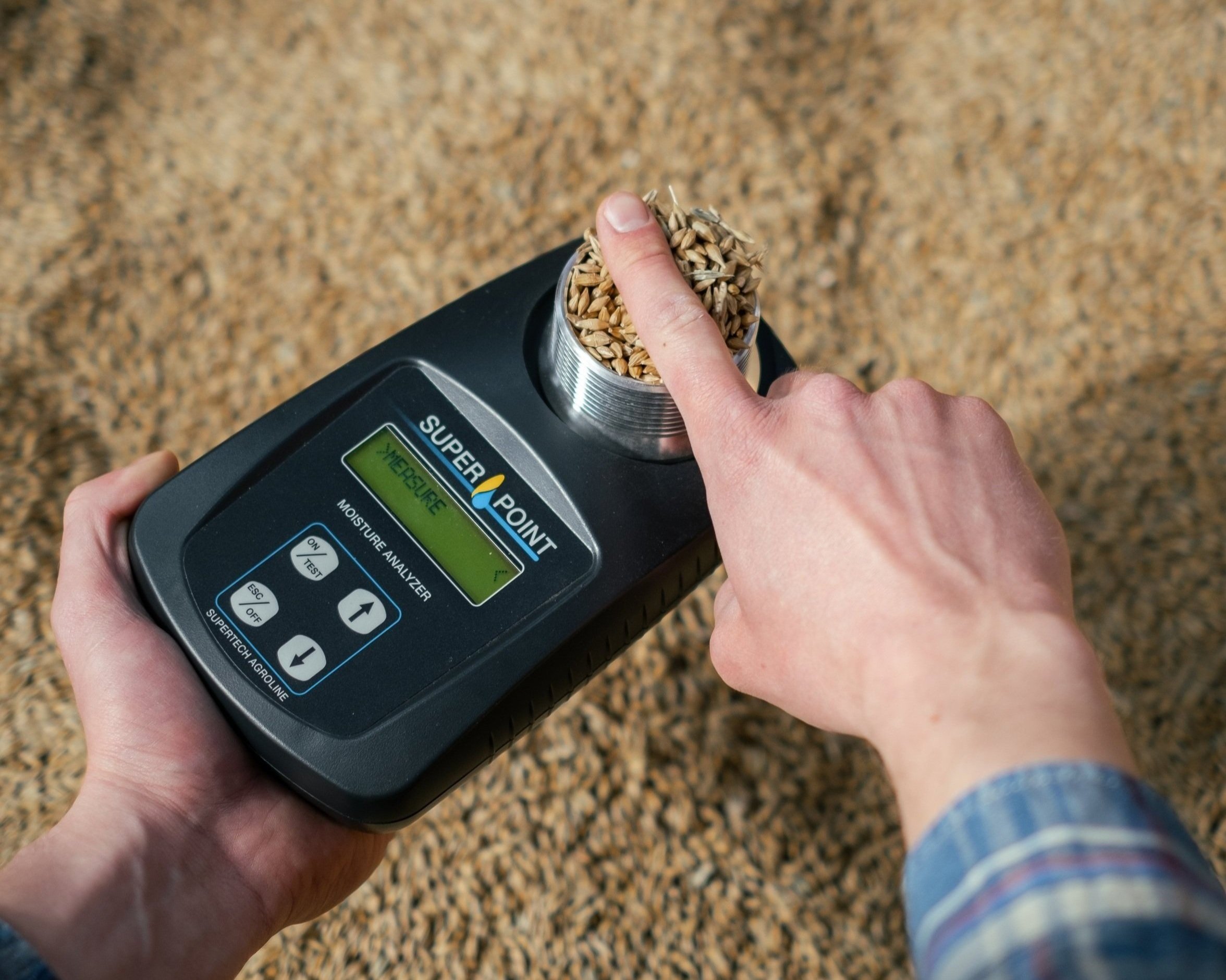The Scientific Research Behind Moisture Meters: How They Work and Why They're Necessary
The Scientific Research Behind Moisture Meters: How They Work and Why They're Necessary
Blog Article
The Ultimate Guide to Moisture Meters: A Comprehensive Review and How They Can Conserve You Cash
In the realm of structure maintenance, building, and numerous sectors, the relevance of precisely determining wetness levels can not be overemphasized. Wetness meters serve as indispensable devices in finding and keeping an eye on moisture content in materials, aiding in protecting against expensive problems and making sure the quality of items. Understanding the subtleties of various kinds of moisture meters, their applications, and the possible cost-saving benefits they offer can be a game-changer for professionals and organizations alike. Uncovering exactly how these gadgets can not just enhance procedures however likewise add to financial cost savings is a trip worth embarking on.
Kinds Of Moisture Meters
One typical kind is the pin-type moisture meter, which determines the electrical resistance between two pins placed into a material. Pinless moisture meters, on the other hand, use electromagnetic sensor plates to check a larger area without creating damage to the product's surface.
In addition, there are likewise specialty moisture meters made for details materials like hay, soil, or grain. These meters offer exact moisture analyses tailored to the one-of-a-kind homes of the material being examined. Infrared moisture meters gauge the thermal residential properties of a material to establish its dampness material non-invasively, making them helpful for applications where pin or pinless meters might not appropriate. Understanding the various types of moisture meters offered can assist markets select one of the most proper device for their certain dampness measurement requirements.

Benefits of Utilizing Moisture Meters

Additionally, using wetness meters can lead to raised energy effectiveness. In farming settings, wetness meters play a critical function in optimizing crop yields by enabling farmers to keep track of dirt moisture levels and make notified irrigation choices.
Just How to Pick the Right Moisture Meter
Selecting the proper wetness meter involves thinking about crucial elements such as product compatibility, dimension range, and calibration precision. When picking a wetness meter, it's important to guarantee that the meter appropriates for the certain product you will be screening. Various products have varying electrical residential properties that can impact wetness analyses, so selecting a meter developed for your product is important for precise outcomes. Additionally, think about the dimension variety of the wetness meter. Make sure that the meter can find moisture levels within the range required for your applications. Calibration precision is an additional vital variable to remember (Moisture Meter). Choose for a dampness meter with dependable calibration to guarantee exact and constant readings. Some meters might need regular calibration modifications, so recognizing the calibration procedure is very important. By thoroughly reviewing these aspects, you can choose a dampness meter that meets your requirements and provides accurate moisture measurements for look at this web-site your jobs.
Proper Strategies for Moisture Meter Use
To make certain exact moisture readings and take full advantage of the performance of a moisture meter, utilizing proper strategies is necessary. When using a pin-type moisture meter, place the pins or probes into the material being checked up until they make complete contact. By following these proper methods, users can rely on their wetness meter to offer reliable wetness degrees, aiding in avoiding expensive damages or making certain quality in various applications.

Cost Cost Savings Via Moisture Meter Applications
Exactly how can the critical use of wetness meters result in substantial cost financial savings across different markets? Moisture meters play a critical role in price savings by protecting against possible damage and guaranteeing quality assurance in different fields. Bonuses In the agriculture sector, wetness meters help in identifying the optimal time for gathering crops, protecting against over-drying or excess wetness that can affect the last item's high quality. This specific surveillance assists farmers avoid unnecessary losses and maximize their return.

In addition, in the food handling market, dampness meters are important for monitoring item high quality and ensuring compliance with security guidelines. By accurately determining moisture material in foodstuff, manufacturers can stop perishing, maintain freshness, and reduce waste, resulting in substantial cost savings. In general, the calculated application of dampness meters is a valuable investment that can bring about significant expense decreases and enhanced efficiency across different markets.
Final Thought
In final thought, wetness meters are beneficial tools for spotting and measuring dampness degrees in numerous materials. By using the best dampness meter and complying with proper methods, individuals can efficiently stop costly damages created by excess dampness.
Dampness meters offer as indispensable tools in spotting and keeping track of moisture material in products, assisting in protecting against costly problems and making sure the high quality of products. Infrared moisture meters determine the thermal buildings of a material to determine its dampness web content non-invasively, making them useful for applications where pin or pinless meters may not be ideal.Wetness meters use invaluable benefits in precisely keeping an eye on and analyzing moisture levels in diverse materials and environments. In agricultural setups, wetness meters play an important role in optimizing click for source plant yields by enabling farmers to check dirt dampness levels and make informed irrigation decisions.In conclusion, moisture meters are important devices for identifying and measuring moisture degrees in numerous materials.
Report this page